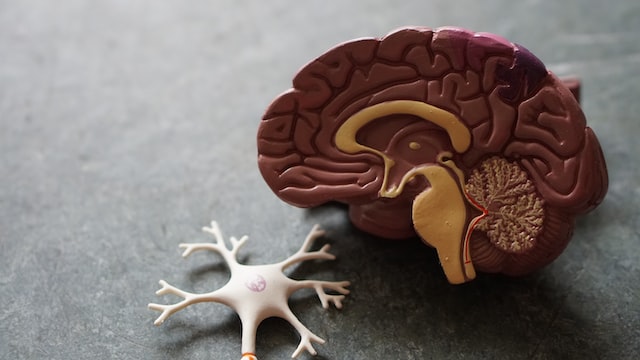Neurological disorders can be difficult to diagnose and treat, but understanding how to screen for them is essential for successful outcomes. Screening for neurological disorders involves evaluating a patient’s medical history, performing physical exams, and running tests and scans to detect abnormalities.
Knowing how to properly screen for neurological disorders can help to identify and diagnose a disorder as early as possible, allowing for more effective treatment.
Learn about the various methods that can be used to detect neurological disorders.
1. Physical Examination
One of the easiest ways to screen for neurological disorders is by performing a physical exam. Physical exams can help to detect signs and symptoms of neurological disorders and abnormalities that neurological disorders may cause. Neurological disorders can cause various signs and symptoms, including pain, numbness, loss of reflexes, weakness, or paralysis in different body parts.
During a physical exam, doctors will look for any signs or symptoms that may indicate a neurological disorder. They will also perform additional tests to rule out other possible causes for any signs and symptoms they find during the initial physical exam.
2. Blood or Urine Tests
Blood or urine tests can help to detect neurological disorders. These tests can be used to determine the presence of certain blood proteins associated with neurological disorders. Urine tests can be used to detect metabolites that may be associated with neurological disorders.
Various other blood and urine tests are available that may help detect neurological disorders. However, it is important to note that these tests will not definitively diagnose a neurological disorder. They will only help to confirm a neurological disorder diagnosis once other methods, such as imaging and physical exams, have confirmed it.
3. EEG
An electroencephalogram (or EEG) is a test that detects abnormalities in brain waves. It is a non-invasive test that can be performed in the doctor’s office. The EEG is a process that involves placing a device like a Zeto EEG headset on your head to measure electrical activity in the brain. An EEG detects abnormalities that may indicate disorders like epilepsy.
4. MRI
Magnetic resonance imaging (MRI) is a non-invasive imaging technique that uses strong magnetic fields and radio waves to produce detailed images of the body by detecting changes in magnetic fields produced by the hydrogen nuclei in the body.
MRI is useful for diagnosing neurological disorders and conditions, such as tumors, stroke, and brain injury. MRI is a great diagnostic test to use when you have a neurological disorder that has not been diagnosed yet. This is because it can detect abnormalities in brain tissue without causing any harm to the patient.
5. A Cerebrospinal Fluid (CSF) Test
A CSF test can be used to detect neurological disorders. The CSF is a clear liquid that surrounds the brain and spinal cord. It helps to protect the brain and spinal cord from damage, as well as provides nutrients for the brain and spinal cord.
Neurological disorders can cause increased fluid in the CSF, which can be detected using a special test. In this test, doctors use a needle to withdraw a small amount of the CSF from the patient’s spinal canal. The amount of fluid withdrawn is then measured and compared to the normal amount.
A positive result from this test will indicate that you may have a neurological disorder, such as multiple sclerosis (MS). A negative result will rule out the possibility that you have a neurological disorder.
6. Biopsy
A biopsy is a surgical procedure that involves removing a small piece of tissue from the body. This type of test aims to obtain a tissue sample so your doctor can examine it under a microscope for signs and symptoms of your neurological disorder.
The procedure is performed by a doctor who specializes in neurosurgery. Tissue samples may be removed from the brain, spinal cord, or other body parts.
Conclusion
Screening helps detect the presence of a neurological disorder early on in its development. It is a great way to detect a neurological disorder before symptoms appear.
Screening for neurological disorders early allows you to get treatment and medication to help you live a healthy life. It will help if you talk to your doctor about screening for a potential neurological disorder. The doctor will recommend the best screening tests for you, given your age, health, and other factors.


